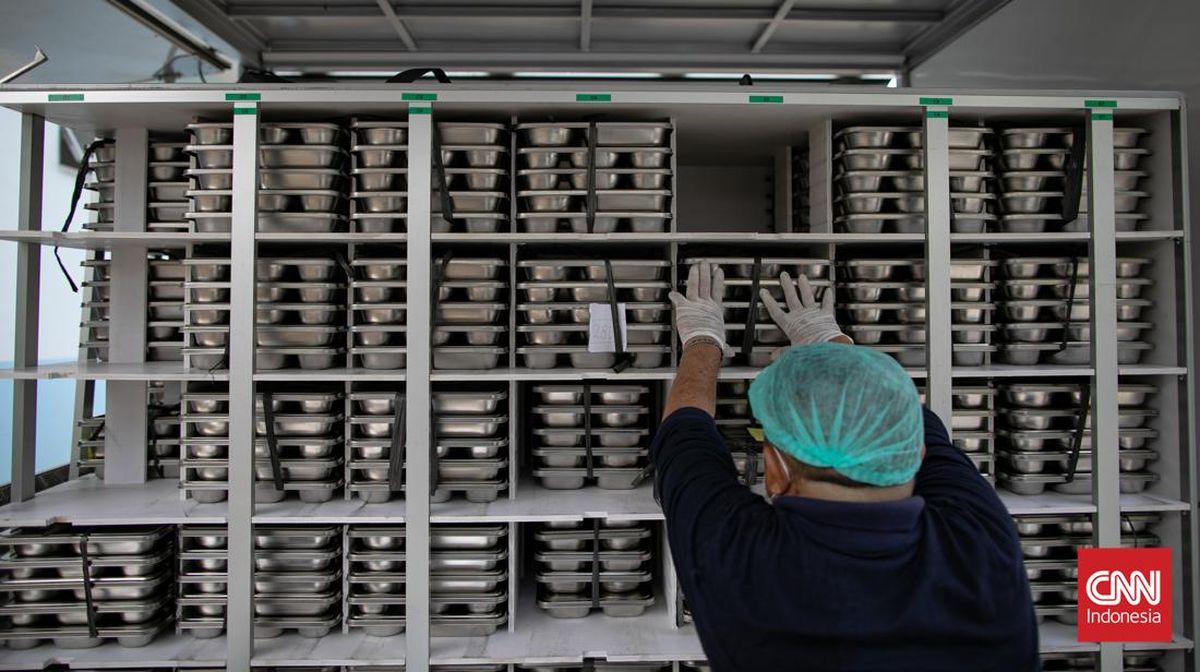 Home equity borrowing doesn't need to break the bank this October now that interest rates are falling again.
PHIL LEO/PM Images/Getty Images
Home equity borrowing doesn't need to break the bank this October now that interest rates are falling again.
PHIL LEO/PM Images/Getty Images
The interest rate climate is changing again, and with it, new considerations are arising for homeowners in need of extra financial support. While it's still relatively expensive to borrow money with a credit card or personal loan, there are numerous ways in which owners can affordably leverage their home's equity to their benefit. And there's a lot of equity to potentially utilize, too.
Home equity levels in the United States reached a record $17.8 trillion heading into the third quarter of 2025, a summer report revealed. With the average homeowner in possession of more than $300,000 worth of equity, this could be one of the more robust borrowing sources available now. At the same time, leveraging your home's equity needs to be done judiciously to avoid the potential risk of foreclosure. Costs here need to make sense before taking action.
Fortunately, following the Federal Reserve's recent interest rate reduction – and others widely expected in the final months of 2025 – home equity borrowing is relatively inexpensive right now. But what, exactly, are the cheapest ways to borrow home equity this October? Below, we'll break down three that homeowners may want to consider now.
Start by seeing how much equity you can borrow online here.
What are the cheapest ways to borrow home equity this October?
Ready to borrow from your home equity this month? Here are three of your most affordable options:
Home equity lines of credit (HELOCs)
At just 7.88% right now, a HELOC has a lower interest rate than a home equity loan (starting at 8.21%), a personal loan (at 12.27%) and a credit card (around a staggering 22%). In other words, not only is a HELOC the cheapest way to borrow home equity currently, but it's also the cheapest way to borrow money at all in today's economy. Thanks to a variable interest rate that adjusts monthly based on market conditions, it's likely to become even more affordable in the months to come.
With additional cuts from the Federal Reserve anticipated for later in October, and potentially December, too, the HELOC rate you secure now could be even lower before the year concludes. And you won't need to refinance (and pay refinancing closing costs) as you would with a home equity loan, as the rate here changes independently, with no effort required on behalf of the borrower. Just remember that a variable rate can work against you, too, should the rate climate heat up again. Fortunately, that doesn't look likely for this October or in the near term.
See how low your current HELOC rate offers are here.
Home equity loans
Home equity loans have interest rates slightly higher than HELOCs (ranging from 8.21% to 8.34% now for qualified borrowers, depending on the repayment period). But they have something that HELOCs do not have that can be particularly valuable in today's uncertain economy: a fixed interest rate. That 8.21%, once locked in, will be the same until the loan is repaid (unless the homeowner decides to refinance it). While that may feel ineffective now with HELOC rates materially lower, it can be the smarter way to borrow money long-term, as you'll be protected against any rate changes upward in the future.
Additionally, home equity loans and HELOCs are the only equity borrowing tools in which you can deduct the interest paid from your taxes if used for eligible home repairs and improvements. Not only will that reduce your tax bill for the years in which the funds were utilized, but it can help make concerns over today's rates less pressing if you know that you'll essentially be getting that money back once tax season rolls around.
Reverse mortgages
Technically, this is the cheapest option on this list. That's because repayments won't need to be made monthly, nor will homeowners have to worry about a high fixed rate or a variable one changing. In fact, the homeowner will only need to pay back what was borrowed in the event of death or if they sell the home. So, getting payments made back to you from your home's equity with a reverse mortgage may be the most attractive of these three.
But there is a "catch." You'll need to be 62 or older to qualify for a reverse mortgage. If you're not a senior homeowner, this won't apply to you. If you meet the age requirement, however, and are comfortable with the set-up here (it can, theoretically, reduce the home value that you intended to leave for beneficiaries), it can be worth exploring further.
Learn more about your reverse mortgage options now.
The bottom line
HELOCs, home equity loans and reverse mortgages all present affordable methods for homeowners to borrow from their home equity this October (and the months that follow). But they're not inherently risk-free, either. Weigh the pros, cons and costs of each carefully to best determine which makes sense in today's cooling rate climate, as well as which can be most valuable in a different economy. By doing your research and closely comparing all three, you'll improve your chances of extended home equity borrowing success.
Matt Richardson is the senior managing editor for the Managing Your Money section for CBSNews.com. He writes and edits content about personal finance ranging from savings to investing to insurance.


















































